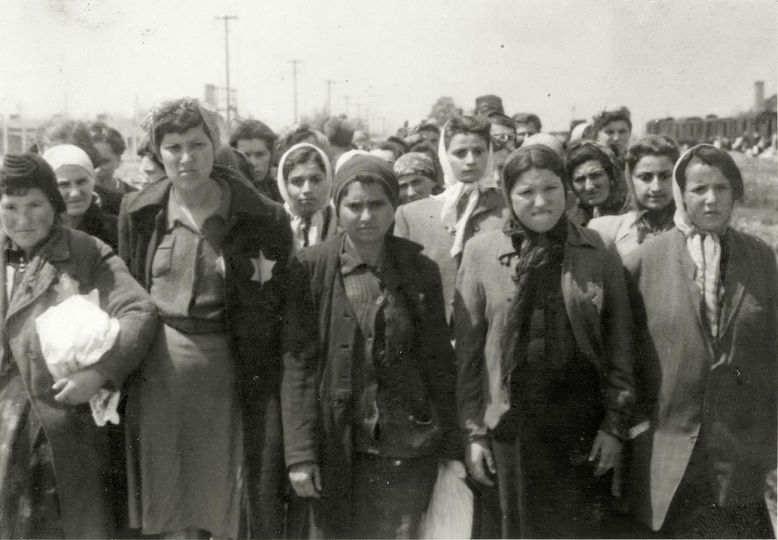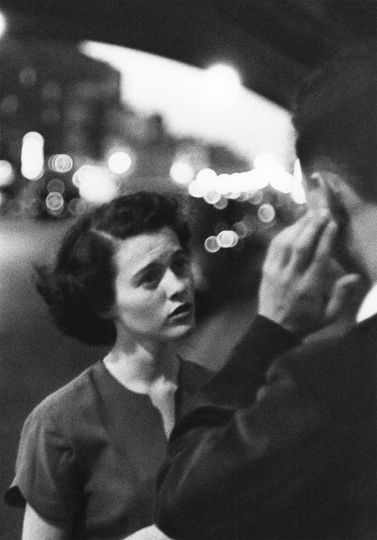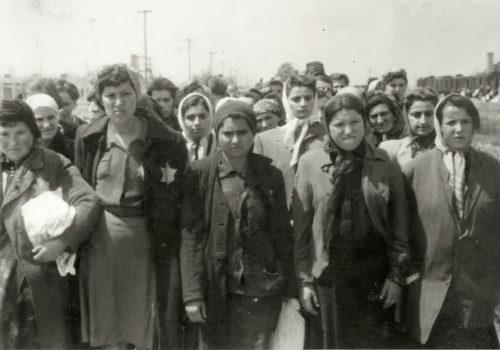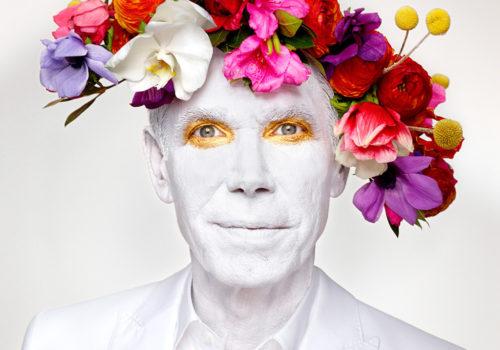In Cherbourg-en-Cotentin, the contemporary art center Le Point du Jour showcases the work of Camille Fallet. The photographer has taken interest in landscape and architectural standards. On the whole, his photographic reflection, drawing on considerable experience, might be described as an attempt to represent what Greater Paris might look like. A Michelin map in hand, the photographer crisscrossed this administrative subdivision forward and backward. The result is a fragmented and enjoyable anthology of this ill-defined territory with shifting borders.
It must be said from the outset, Greater Paris is rather absent from the exhibition. Only three works, excerpted from the collection The Greater Paris Landscape Manual, explicitly illustrate this administrative entity. The photographer explains instead the construction of standardized landscapes. He wonders how “landscapes are generated.” How are they streamlined, trivialized? How are we then to recognize topographies of banality? The exhibition rounds off this collection: it presents a reflection about ordinary, flat, concrete, fabricated landscapes shaped by routine. What Camille Fallet reveals is the immensity of the flat landscape, the avowal of everyday banality.
Jeff Wall (Landscape Manual), Brian de Palma (Blow-Up), and Dan Graham (For Publication) envision landscape as a fragment. Camille Fallet cites them as influence in his documentary photographic practice, right after Walker Evans. They are the source of his curious irony toward the banality of topographies.
The artist presents a personal history of architectural banality. He photographed the city of Bethlehem, PA, in the footsteps of Walker Evans. Decades have passed, and the row of houses with identical porches, culminating in a church tower, spells the same drab everyday. In Marseille, in the Bellevue neighborhood, he shows the 1960s progress fallen into disrepair.
Working on a commission for the city of Bordeaux, Camille Fallet lines up fragments in a magnificent several-meter-long mise-en-scène (Bordeaux sans légende). He captures what the residents see every day, that is, precisely what gets erased by habit: the everyday. Concrete. Interchanges, roundabouts, storefronts, signs, flashy slogans, dollar stores, apartment buildings, towers, bars. The photographer is impressed by the architectural utopias of Les Trentes Glorieuses[1] and is surprised to observe “the colonisation of the land” in practice.
The anthology Bordeaux sans légende helps to understand these new cities. Studying Bordeaux, Camille Fallet wanted to see what a city really looked like. This means looking at its historical city center, but also at the outskirts, the commuter towns, beyond the ring roads. At the roundabouts, town squares, storefronts. This approach doesn’t aim at any aesthetics, besides perhaps an impossible exhaustiveness.
Via the different detours, one comes to understand how Greater Paris was built. For some, it’s an administrative aberration, for others a vaguely geographic entity. It is, however, comprehensible through image. The portrait format suits this territory too vast to be captured in three words and five paragraphs. At the outer edges of the region new cities have sprung up: Marne-la-Vallée, Cergy, Val d’Europe, Mélun-Sénart, Grigny… Every building is worth a study. Detached houses yield to suburbs. The suburbs are bordered by highways. Suburbs, that’s where one sleeps, grows quiet, forgets. That’s the artifice of the banal.
Arthur Dayras
Arthur Dayras is a writer specializing in photography. He lives and works in Paris.
Camille Fallet, Standards
From February 4 to May 27, 2018
Le Point du Jour
109 Avenue de Paris
50100 Cherbourg-Octeville
France
[1] The Glorious Thirty refers to the three decades between 1945 and 1975, marked by economic boom. — Translator’s note.
















